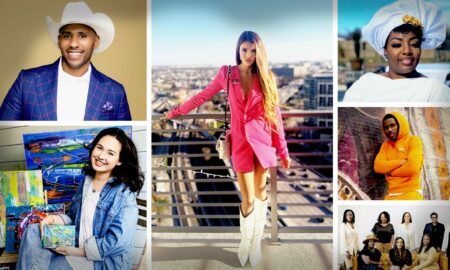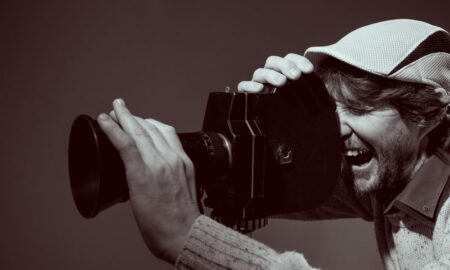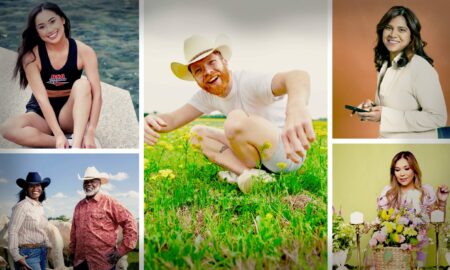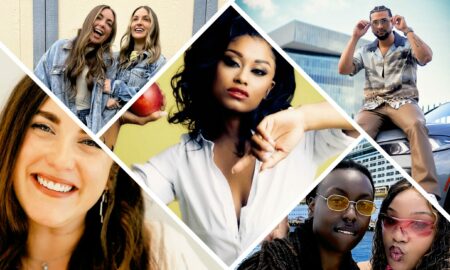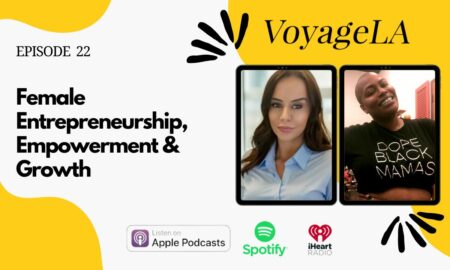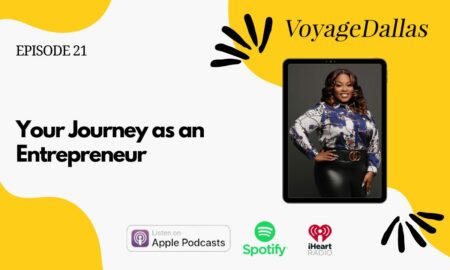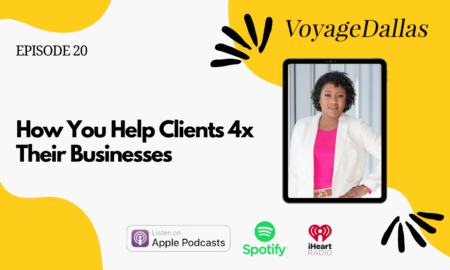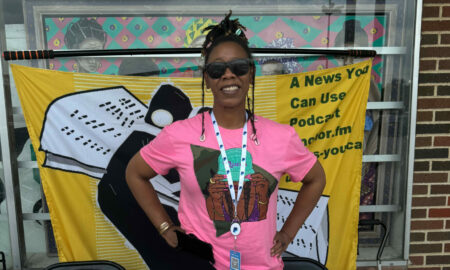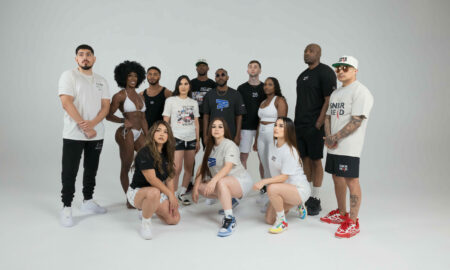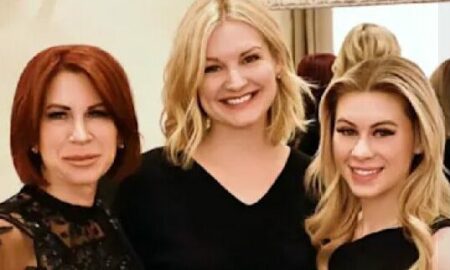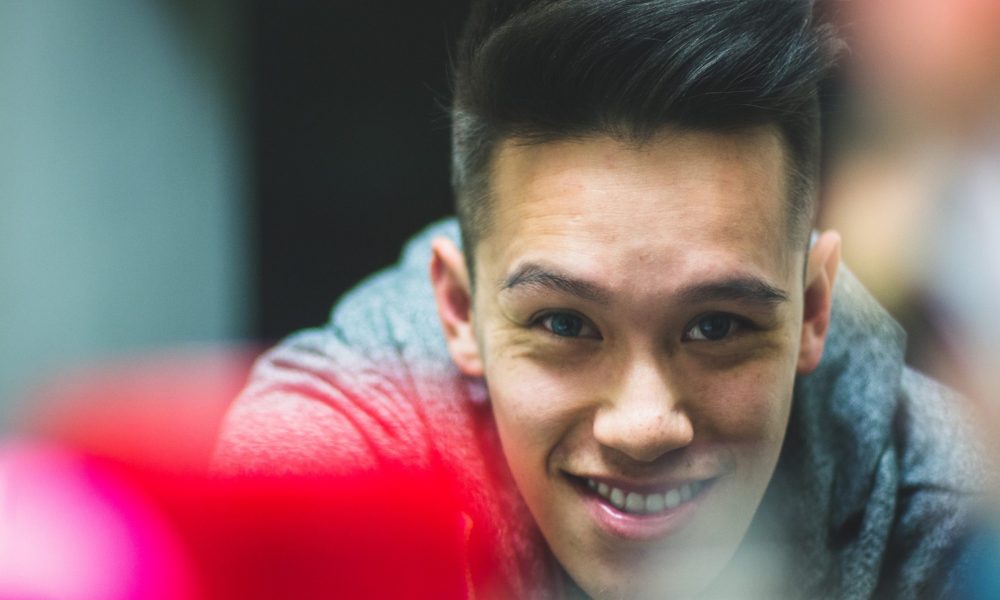

Today we’d like to introduce you to Toan Tran.
Toan, please kick things off for us by telling us about yourself and your journey so far.
I’m a filmmaker based in Dallas, Texas. I believe that storytelling is a common ground that connects all of us. With the medium of motion pictures, we’re able to communicate many different ideas, stories, and thoughts that can engage senses, provoke emotion, and inspire us.
For the last nine years and since 2009, I’ve worked on a variety of genres and projects in documentary, narrative, commercial, and music video work, playing roles in producing, directing, editing, and getting coffee. One day, I was pushing carts at a big box grocery store then the next, I’m directing visuals for a short narrative series. Digital film is my ultimate medium, and I’m still learning to improve my storytelling.
In a nutshell, I stumble upon photography in my junior year of high school. I was part of a breakdancing crew called FYOOZ (Fuse) and Justice League. I had two creative outlets at the time, photography and dance. I kept both of them; while breakdancing was public, photography was much more personal and was kept somewhat private.
Until college came around and I had to focus on a career path. So, I limited my efforts on dancing to focus on education a bit more. At that time, I was pushing carts at Costco and living under my parent’s roof. I struggled as a college student, I had no idea what I wanted to major in, even changing it three times.
During spring break in the summer of 2009, I hung out with Otto, David, and Sean at his house. Otto had written a short script from a website call FMLife.com, and we created a short comedy sketch. Otto wrote, David directed, and I played an actor with our friend Judy. We put the video out there on YouTube and got back a lot of positive reactions and engagement from friends and family, it was amazing. From that experience, I was hooked on filmmaking from that moment, we eventually spurred a channel called JoyGasm and pursued to create quirky and goofy video sketches for sheer fun.
In college, I was not making satisfactory progress and passing GPA’s, so I was suspended from community college. During that semester, I would experiment and learn photography and film on my off days, whenever I wasn’t at Costco pushing carts.
When I came back to my last semester, I decided to take on video and photo classes. I was genuinely intrigued about what I was learning, pursuing, and applying it to projects, whenever possible. I ended up failing those basic mandatory classes, except the photo and video classes. After suspension, it was definite that I was not allowed to return to community college, I was expelled. I never went back. Even with that failure and what seemed like a setback, I had a feeling of success with something far greater.
Without any formal education, I decided to take it as my own responsibility to learn filmmaking in a self-taught apprenticeship environment. I enrolled in Vimeo and YouTube University, watching whatever content that was available back then. Tuition was free, but my dream costed real work. I remember long shoots and nights editing up all night for months, I couldn’t get enough of learning and hands-on experience. It was life-changing. For once, my life started to make sense.
I was let go from CostCo for not showing up to work one day, this was when I was shooting late on a project called Deception in a hotel room set that previous night. Sitting in my rent’s office room and editing that same project, I had an itching question for what I was going to do as a job. I boldly proposed to myself to become a filmmaker and a director of motion pictures, right there and then. I took my last remaining check and bought a computer for editing and never went back.
As a starving artist, I went on to create more content for JoyGasm. And started a film and photo production company called Load It Productions. Then, landed a part-time gig as a wedding cinematographer, where I got paid $2.50 an hour for my initial gig. Then, finally made a move to go to Mediatech Institute, a technical film school in Irving, Texas at the time. During my studies, I was garnered with acclaim for cinematography and graduated as valedictorian of my class. I went to work at a production house called Agora Entertainment to further my craft and experience. The rest is history.
Over the next seven years, I’ve started a media production and creative agency, volunteered at a non-profit organization, and founded a wedding production house. I went on to work on many different genres of video production. From music and dance videos, commercial, narrative, and wedding content. I’ve got the opportunity to collaborate with some brands names, Monster, Billboard, Fitbit, World of Dance, and many more. Taking on many different roles for experience, from producing to production assisting. Now, I’m a full-time filmmaker, under my production house called Time Traveler Pictures. (Time Traveler was a nickname that one my peers called me during film school)
Can you give our readers some background on your art?
In a broad sense, I’m a visual storyteller in film. I’ve been known to play a role in directing, cinematography, editing, and producing. My main primarily role as cinematographer is to communicate a story, brand, or message visually through composition, lighting, and camera movements.
Although, I love photography. Most of my time, focus, and energy are spent in filmmaking, particular directing and cinematography. Photography is something that I have kept as an enthusiast. The great thing about cinematography and photography is that they complement each other and they are not too far off in technical principles. When comes to storytelling, however, film and photography are different. Video and film introduces another wide spectrum of elements to convey a story, such as sound, movement, and editing juxtaposition. Photography lives within that frame to tell a story. Above all, each with their own set of obstacles and challenges, respectively.
In cinematographer, I create many types of content, but mostly commercial, music/dance, and wedding content.
The main order is conceptualizing, developing, planning, shooting, and editing. Most see the end product, or what you would see on social media. The real magic is the conceptualizing part. It’s when I get to be the most creative in thought and paper, without any real-world boundaries. It always starts off with the main question, what am I trying to communicate here? Then, it goes into that for each scene, shot, and even further detail in lighting and framing for narrative and even commercial. For events, it’s much more intuitive. It’s because those are not as detailed scripted compared to a short film or a 30-second commercial spot. For those types of videos, I stick with a tone, mood, or a theme throughout.
For development, that’s creating an ideal shot list of what I’m looking. I spend a great deal of time creating shot lists, storyboarding, and diagrams for real-world location and spaces. The diagrams are a plan in a bird’s eye view plan of camera, lighting, and talent moving all in one.
The main thing that I aim for people to take away from my work is being able to connect and relate, evoke emotion and thought, and become immersed without realizing it.
In your view, what is the biggest issue artists have to deal with?
My expertise is mainly in filmmaking, so I can only speak in realm. Since I started back in 2009, where my friends and I were filming short sketches on a tape camera and uploading them to YouTube in standard definition, I think I can speak from a short historic perspective.
Yes, the role of a filmmaker, content creator, or videographer artist has evolved immensely. What hasn’t changed is deep human connection and storytelling. HOW stories are told has changed indefinitely throughout the years on many platforms and channels. Whether a video content is short or long, that’s irrelevant. What is relevant is well designed, concise, and personal content now.
With the advent of technology, sociology, and marketing means, it’s become more available, accessible, and socially integrated across many platforms and channels.
The good thing about that is with that accessibility, more audience niches are discovered, uncovered, and identified. We are able to get closer to the action, brand, and content than ever. In sociology, the way that we (Millennials, Gen Y, Gen Z) consumed media has increased without a doubt, it’s a popular way of communicating and understanding quickly. The challenge of that, is the entry to the barrier is much lower, anyone can create videos and content now and upload it to the same channel. Heck, some users don’t even own their own original content. We have a bigger pool of content than ever, and it can be redundant as well.
There’s much more to filter through and distinguish, and that’s a challenge for artists these days in marketing. That’s why hashtags exist. Becoming branded and going consistent path to pump out content that quickly, effectively, and be related to your audience is no easy feat for any artist that focuses solely on crafting their content alone, not saying that it won’t be effective, but it’s become much harder to find your audience, as well as the artist finding the artists or brand.
Contact Info:
- Website: www.vimeo.com/TimeTravelerPictures
- Phone: 469-682-8041
- Email: TimeTravelerPictures@outlook.com
- Instagram: https://www.instagram.com/toantran/
- Facebook: https://www.facebook.com/toantranpictures
- Other: https://www.vimeo.com/TimeTravelerPictures







 Image Credit:
Image Credit:
Tuan R. Pham
Kathy Tran
Getting in touch: VoyageDallas is built on recommendations from the community; it’s how we uncover hidden gems, so if you know someone who deserves recognition please let us know here.

